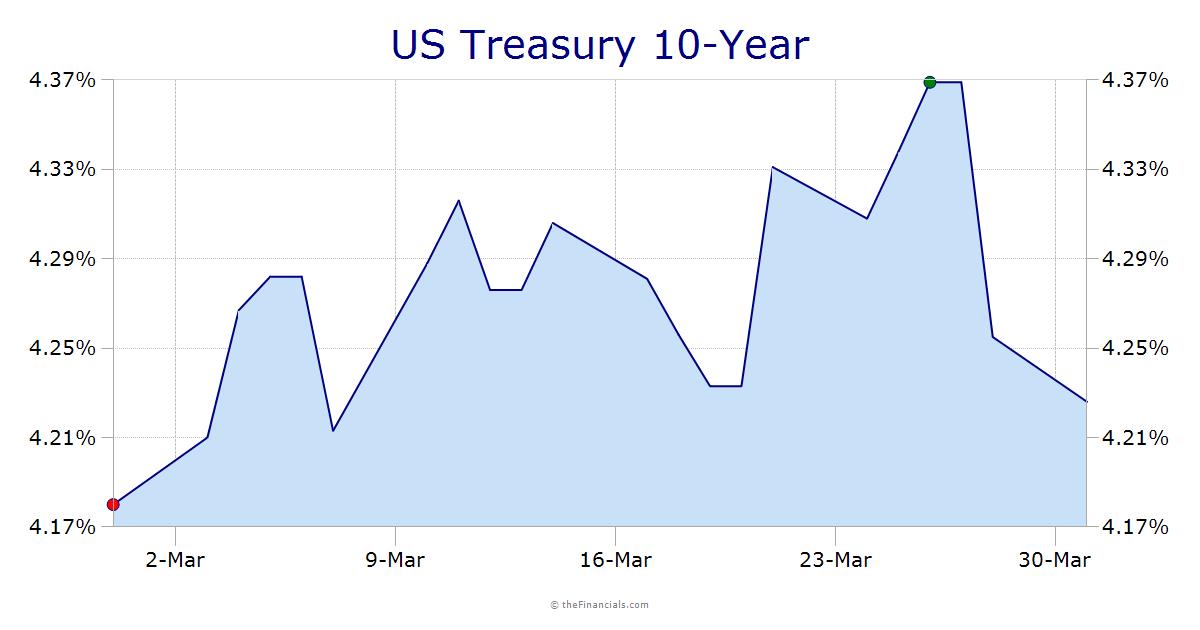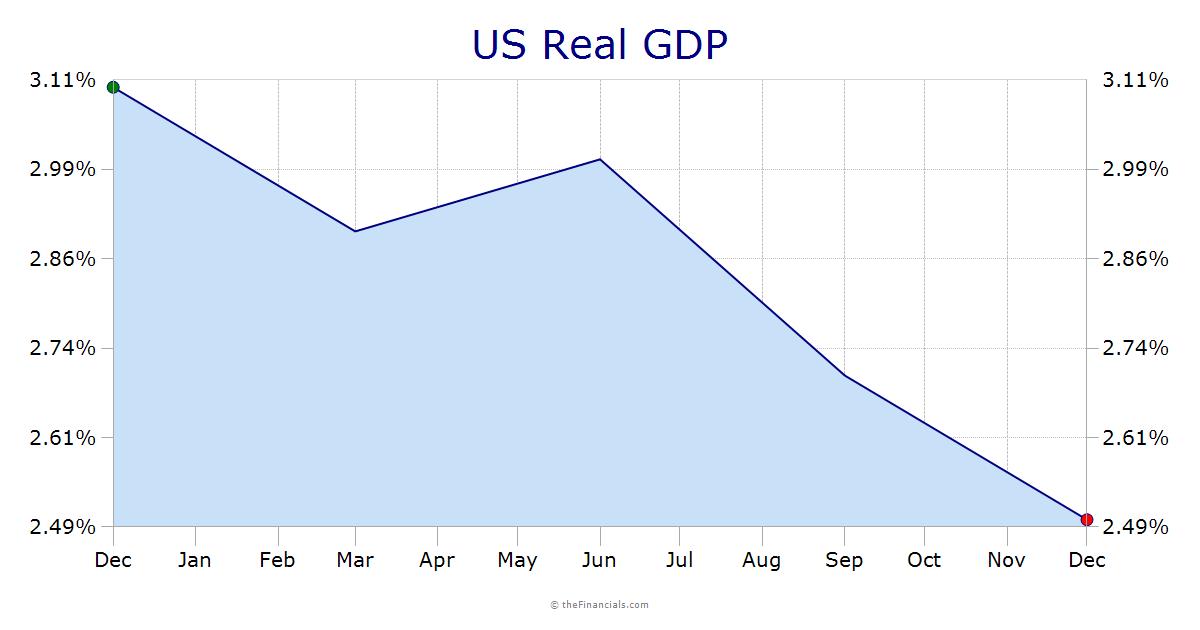Factors cause the demand curve for bonds to shift
- Wealth when the economy is growing rapidly in a business cycle expansion and wealth is increasing, the quantity of bonds demanded at each bond price (or interest rate) increases as shown below that, at a bond price of $900 and an interest rate of 11.1%, the quantity of bonds demanded is $200 billion.
- Expected returns on bonds relative to alternative assets the higher expected interest rates in the future lower the expected return for long term bonds, decrease the demand, and shift the demand curve to the left and the lower expected interest rates in the future increase the demand for long-term bonds and shift the demand curve to the right
- Risk of bonds relative to alternative assets An increase in the riskiness of bonds causes the demand for bonds to fall and the demand curve to shift to the left.
- Liquidity of bonds relative to alternative assets Increased liquidity of bonds results in an increased demand for bonds, and the demand curve shifts to the right.Similarly, increased liquidity of alternative assets lowers the demand for bonds and shifts the demand curve to the left.
Figure 1 Shift in the Demand Curve for Bonds
- When the demand for bonds increases, the demand curve shifts to the right as shown. (Note: P and i increase in opposite directions. P on the left vertical axis increases as we go up the axis, while i on the right vertical axis increases as we go down the axis.)
Factors cause the demand curve for bonds to shift
- Expected profitability of investment opportunities in a business cycle expansion, the supply of bonds increases, and the supply curve shifts to the right. also, in a recession, when there are far fewer expected profitable investment opportunities, the supply of bonds falls, and the supply curve shifts to the left.
- Expected inflation An increase in expected inflation causes the supply of bonds to increase and the supply curve to shift to the right.
- Government activities Higher government deficits increase the supply of bonds and shift the supply curve to the right.also,the government surpluses decrease the supply of bonds and shift the supply curve to the left.
Figure 2 Shift in the Supply Curve for Bonds
- When the supply of bonds increases, the supply curve shifts to the right. (Note: P and i increase in opposite directions. P on the left vertical axis increases as we go up the axis, while i on the right vertical axis increases as we go down the axis.)
Response to a Change in Expected Inflation
- When expected inflation rises, the supply curve shifts right from Bs1to Bs2, and the demand curve shifts left from Bd1 to Bd2. The equilibrium moves from point 1 to point 2, with the result that the equilibrium bond price (left axis) falls from P1 to P2 and the equilibrium interest rate (right axis) rises from i1 to i2. (Note: P and i increase in opposite directions. P on the left vertical axis increases as we go up the axis, while i on the right vertical axis increases as we go down the axis.)
Response to a Business Cycle Expansion
- When income and wealth are rising, the demand curve shifts rightward from Bd1 to Bd2, and the supply curve shifts rightward from Bs1 to Bs2. If the supply curve shifts to the right more than the demand curve, the equilibrium bond price (left axis) moves down from P1 to P2, and the equilibrium interest rate (right axis) rises from i1 to i2. (Note: P and i increase in opposite directions. P on the left vertical axis increases as we go up the axis, while i on the right vertical axis increases as we go down the axis.)














0 comments:
Post a Comment